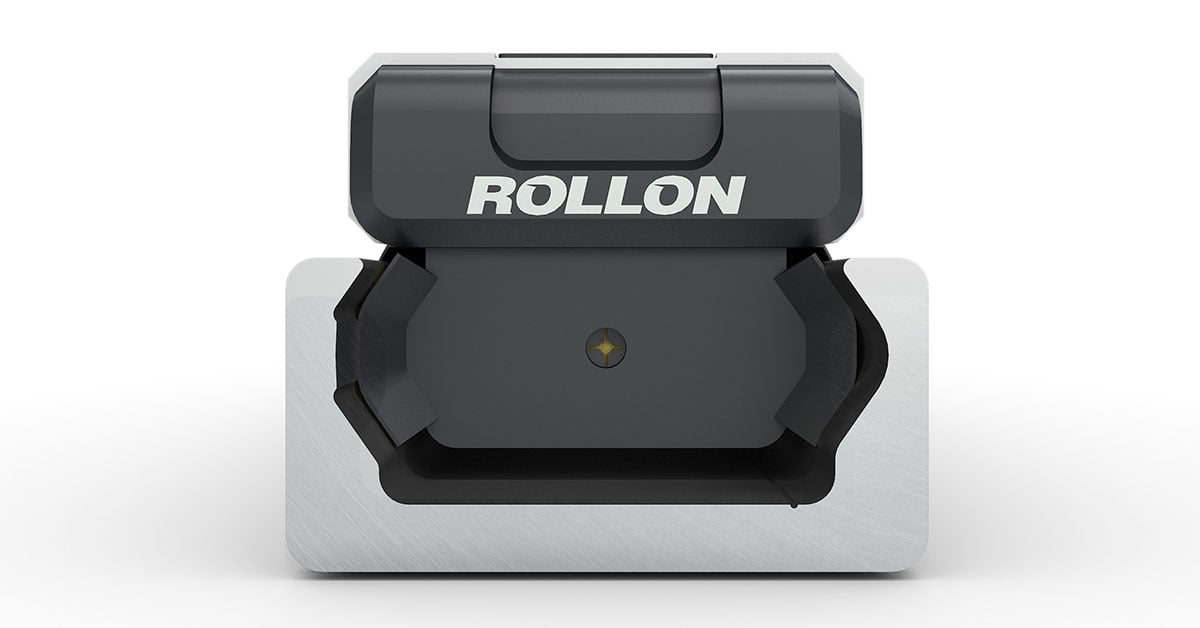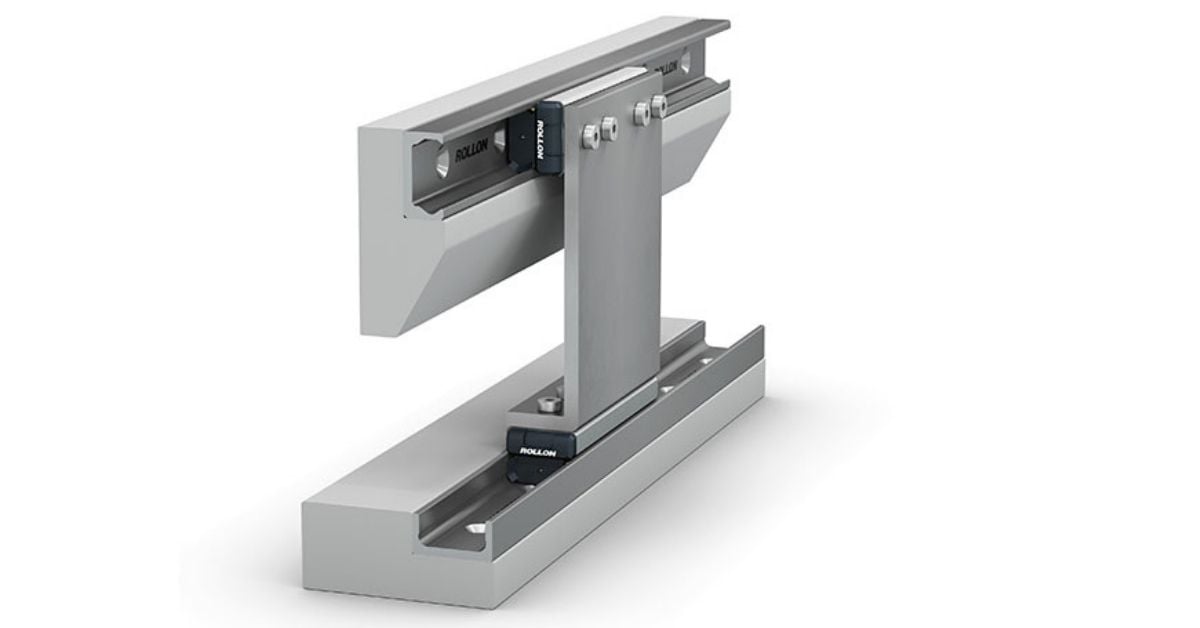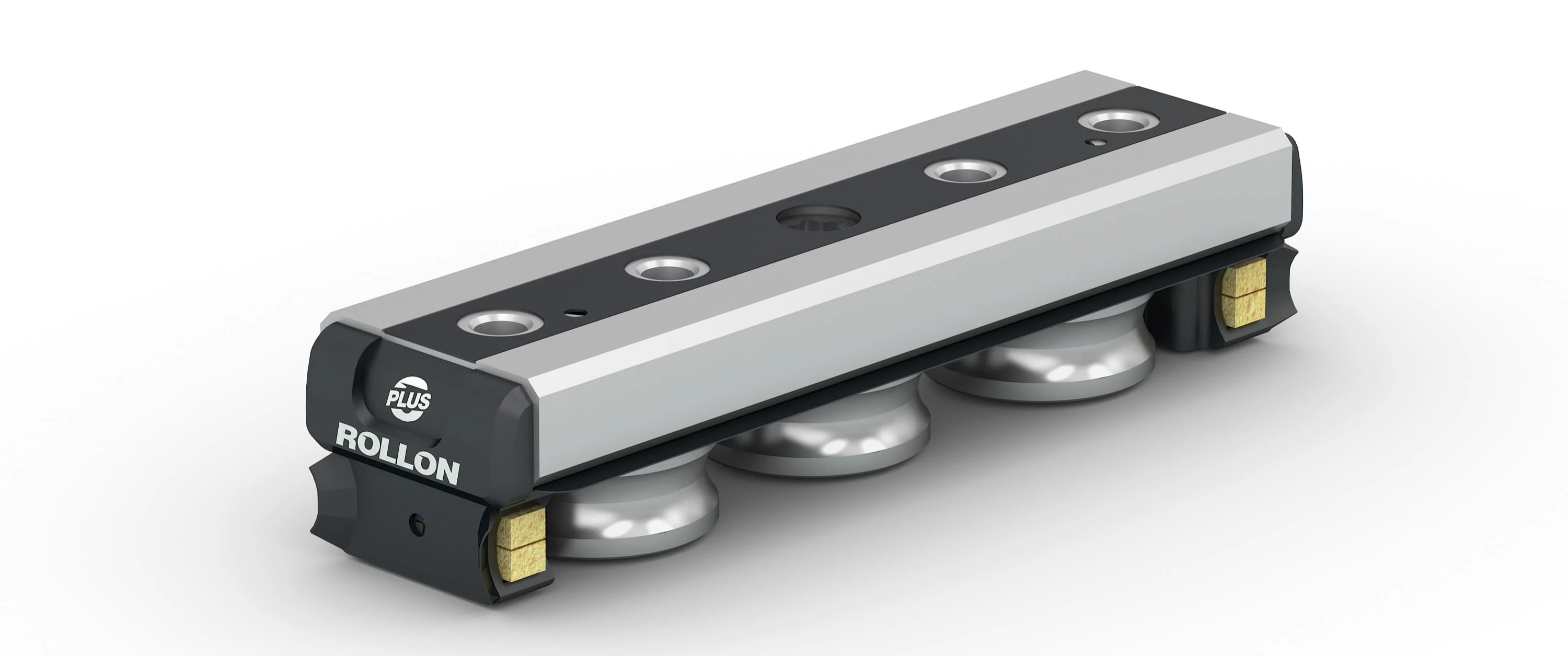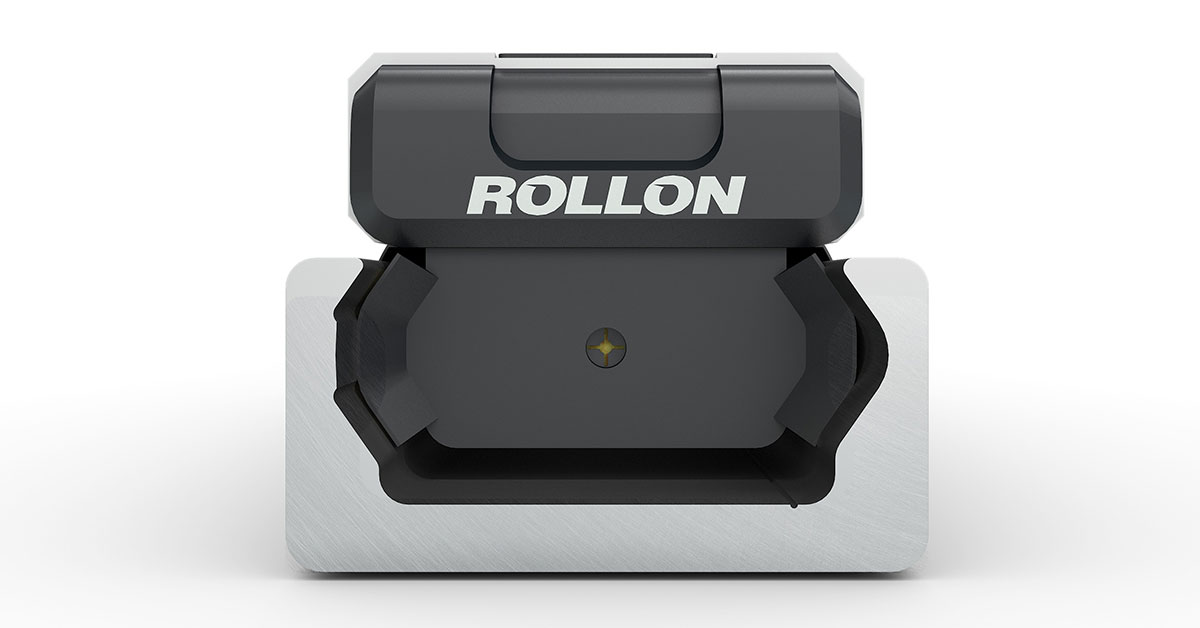The palletizing systems typically used in packaging plants put the elements that they are composed of "under pressure": stressful cycles, sometimes even 24 hours a day, are the order of the day and also "challenge" even the most resistant linear handling solutions adopted in the system.
Moreover, if rails and bearings, due to their characteristics, are not "up to the task" required of them, then the application becomes even more complex and challenging.
There are two issues related to linear motion that can increase the complexity of a palletizing system applied to packaging:
- inadequate lubrication
- alignment problems
both of which can cause premature wear and tear on the system.
In addition, if the linear guides and bearings are not “up to the task” requested due to their characteristics, the application becomes even more complex and challenging.
The right lubrificazione
In fact, all bearings need regular lubrication to function properly in the long run. The lubricant helps minimize wear caused by metal to metal contact which, if left unchecked, can significantly reduce the life of a bearing and guide.

However, the constant lubrication activity itself often represents an "obstacle" in terms of time: when it needs to be done many times, in order to reduce more "invasive" maintenance and production stops, this phase becomes a repeating job that is not always carried out correctly. Nevertheless, it is actually insufficient lubrication that causes wear.
In detail, palletizers applied to packaging are particularly susceptible to lubrication problems because they often handle cardboard which tends to generate dust: this is an extremely aggressive contaminant which tends to "absorb" the lubrication the system needs to function.
Managing misalignment
The other element that can generate premature bearing wear is misalignment. Linear guides that are not aligned correctly during installation may cause problems for any precision machine, including palletizers, unbalancing the load on some parts of the guide rather than distributing it uniformly, and jeopardizing the accuracy of the application.

What solution to adopt, then?
For the management of the linear movement of this type of system, Rollon proposes Compact Rail, a family of linear guides that offer an effective answer to both problems mentioned above.
Compact Rail, first of all, has minimal lubrication requirements: the slider glides on large ball bearings that are permanently lubricated and sealed. Unlike bearings based on recirculating balls that require frequent lubrication, Compact rail bearings offer various advantages:
- larger size to to easily pass by debris on the slider rail and a side seal to offer even greater protection against contaminants;
- self-centering wiper to guarantee perfectly clean rolling rails;
- lubrication system integrated into the wipers with a slow-release felt and convenient, ergonomic front access for lubrication.
These features exponentially lengthen maintenance intervals to more than 50,000 cycles between lubrication interventions.
When it comes to alignment requirements, however, we have to take into account that palletizers move considerable loads on long axes at high speeds, making alignment crucial to ensure smooth movement.

Made to last
Compact Rail also offers a wide range of anti-corrosion treatments that extend the life of the guide and minimize maintenance:
- RollonAloy, galvanization with high-strength passivation, it offers high corrosion resistance and is indicated for guides used in the railway sector and on special vehicles and general transport, that is, outdoor applications. The treatment has a thickness of 15 µm and a salt spray corrosion resistance of up to 720 hours: effectiveness that makes this an ideal solution for all train undercarriages.
- Passivated electrolytic galvanization in accordance with ISO 2081 is applied standard to all Rollon guides. This is most suitable for products used in closed environments, such as industrial machinery, packaging, and intralogistics. Electrolytic galvanization has a thickness of 8 µm and offers up to 120 hours of corrosion resistance in salt spray.
- Chemical nickel plating offers great resistance to corrosion due to chemical, acidic, or alkaline substances. It is the perfect solution for applications in the food industry without direct food contact (for which the use of stainless steel is mandatory) or the medical sector. Chemical nickel plating has a thickness of 10 µm.
The rolling rails of Rollon guides are also induction hardened, guaranteeing excellent dynamics, robustness, and strength.
Discover all the advantages of rails from Compact Rail


